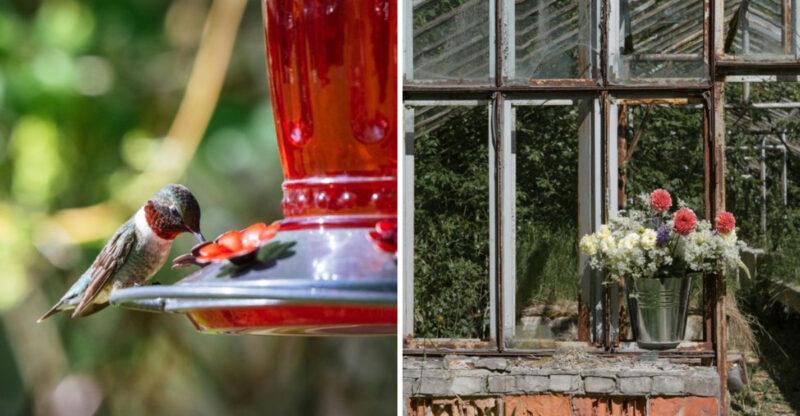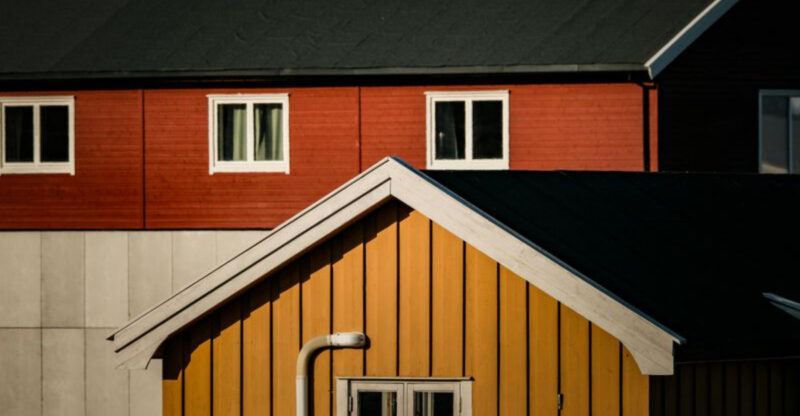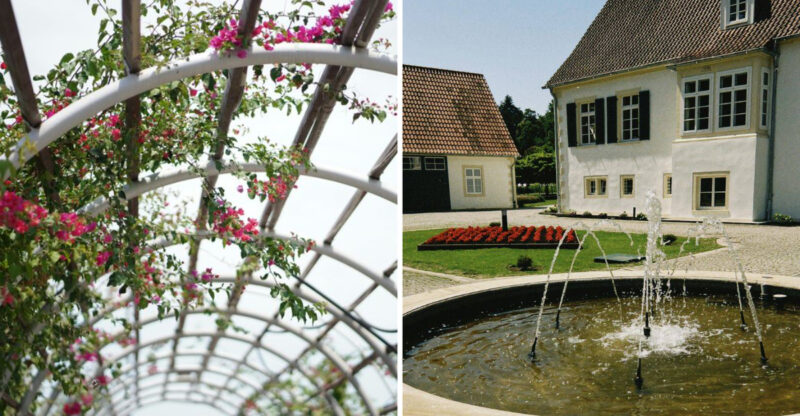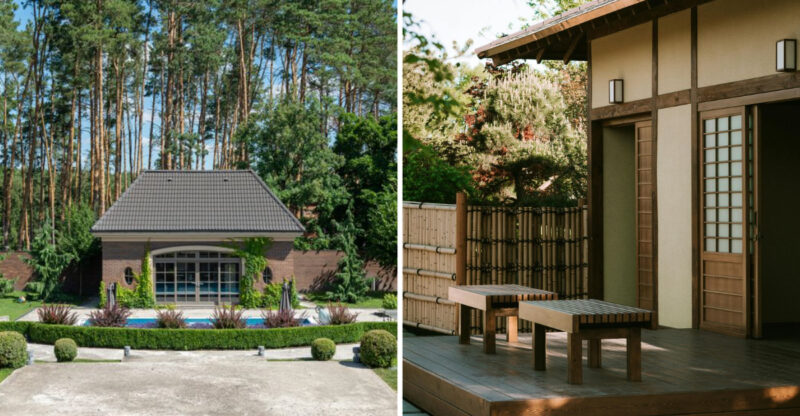16 Common Garden Mistakes You Can Avoid Or Fix
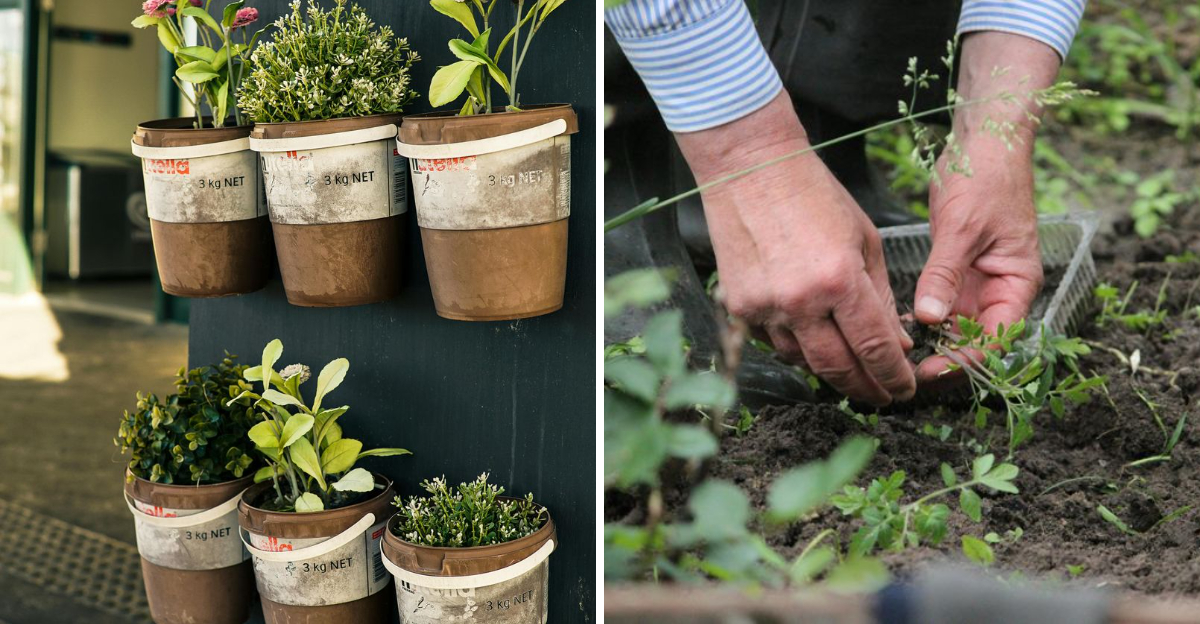
Gardening brings joy but can also lead to frustration when things don’t grow as planned. Many common gardening mistakes can ruin your plants and waste your time and money.
The good news is that most of these issues are easily preventable or fixable with a little know-how.
Results may vary depending on climate, soil, and plant types; not all gardening tips work in every situation.
1. Overwatering Your Plants
Drowning plants with too much water is a quick way to kill them. Roots need oxygen, and waterlogged soil prevents them from breathing properly, leading to root rot and other diseases.
Check soil moisture before watering by sticking your finger an inch deep. If it feels damp, hold off on watering. Different plants have different water needs, so research what your specific garden friends require.
2. Planting Too Deep
Many gardeners bury their plants like treasure, thinking deeper is better. This common error suffocates stems and prevents proper root development. Most plants should be placed with their crown level with the soil surface.
Trees and shrubs need special attention, plant them too deep and they’ll slowly decline. The root flare should always remain visible above ground after planting.
3. Neglecting Soil Quality
Starting a garden without testing or improving your soil is like building a house on sand. Plants need good soil structure and nutrients to thrive.
Get an inexpensive soil test to learn what your garden needs. Adding organic matter like compost transforms poor soil into a plant paradise. Just a 2-3 inch layer worked into your beds each season makes a world of difference.
4. Forgetting About Sunlight Requirements
That shade-loving hosta will fry in full sun, while your tomatoes will sulk in shade. Mismatching plants to light conditions guarantees disappointment.
Observe your garden throughout the day to identify full sun (6+ hours), partial sun (4-6 hours), and shady areas. Make a simple map noting these zones. When shopping for plants, always check their light requirements.
5. Skipping Mulch
Bare soil in garden beds is an invitation for weeds and moisture loss. Mulch is your garden’s protective blanket. Apply a 2-3 inch layer of organic mulch like wood chips, straw, or shredded leaves around plants.
Keep it pulled back slightly from stems and trunks to prevent rot. Mulch moderates soil temperature, retains moisture, suppresses weeds, and gradually improves soil as it breaks down.
6. Improper Pruning
Random snipping without understanding plant growth habits can ruin your garden’s appearance and health. Each plant type has specific pruning needs and timing. Research before cutting!
Spring-flowering shrubs like lilacs form buds the previous year, so pruning in fall removes next year’s flowers. Learn basic techniques like making clean cuts just above outward-facing buds.
7. Watering At The Wrong Time
Splashing water on leaves during midday sun can create a magnifying glass effect, burning foliage. Evening watering leaves plants wet overnight, promoting fungal diseases.
Early morning is the golden hour for watering. Plants have time to dry before evening, and less water evaporates than during midday heat. If using sprinklers, set them to run before sunrise.
8. Ignoring Weeds When Small
Those tiny weed seedlings might seem harmless, but they quickly become garden monsters if ignored. Small weeds become big problems almost overnight. Make a habit of spending just 10 minutes daily on weed patrol.
Young weeds with shallow roots pull easily, especially after rain. A hoe used on a sunny day will dispatch tiny weed seedlings before they establish.
9. Forgetting To Rotate Crops
Growing the same vegetables in the same spot year after year invites trouble. Soil-borne diseases and pests that target specific plant families build up over time. Keep a simple garden map each season.
Divide vegetables into families (nightshades, legumes, brassicas, etc.) and rotate these groups to different garden sections annually. This practice disrupts pest cycles and balances soil nutrients.
10. Over-Fertilizing
More isn’t better when it comes to plant food. Excess fertilizer can burn roots, create weak, floppy growth, and pollute waterways. Follow package directions exactly, measuring carefully.
Slow-release organic fertilizers are more forgiving than concentrated synthetic ones. Watch for signs of over-fertilization: leaf burn, excessive leafy growth with few flowers, or crusty white mineral buildup on soil.
11. Planting At The Wrong Time
Timing is everything in gardening. Cool-season crops like lettuce bolt in summer heat, while warm-season vegetables like tomatoes sulk in cool spring soil. Learn your local frost dates and hardiness zone.
Use these as anchors for your planting calendar. Many seed packets and plant tags provide specific timing guidance. A simple wall calendar marked with planting dates for different crops helps.
12. Neglecting Tool Maintenance
Dull, dirty tools make gardening harder and can spread disease. Rusty pruners crush stems instead of making clean cuts, while grime-caked shovels move sluggishly through soil.
After each use, knock off soil and wipe tools clean. Periodically sharpen cutting edges and lightly oil metal parts to prevent rust. Well-maintained tools make gardening more enjoyable.
13. Ignoring Pest Problems
Hoping pest issues will resolve themselves usually leads to disaster. Early intervention prevents small problems from becoming infestations. Check plants regularly, looking under leaves where many pests hide.
Start with the gentlest solutions first-a strong spray of water dislodges many insects. Insecticidal soaps and biological controls like beneficial insects come next. Chemical pesticides should be a last resort.
14. Compacting Soil By Walking On Beds
Stepping on garden soil crushes the air spaces plants need for healthy root growth. Compacted soil drains poorly and restricts root expansion. Create paths between planting areas and stick to them.
For large beds, place stepping stones strategically so you can reach all areas without compressing soil. If you must step in a bed, place a board down first to distribute weight.
15. Skipping Garden Planning
Randomly placing plants without a plan leads to chaos, maintenance headaches, and poor plant performance. A little forethought prevents many garden problems. Sketch your garden on paper before planting.
Group plants with similar water and light needs together. Place taller plants where they won’t shade shorter ones. Consider bloom times to ensure year-round interest.
16. Forgetting To Harden Off Seedlings
Tender indoor-grown seedlings can’t handle direct sun and wind without gradual adjustment. Skipping the hardening-off process often results in stunted, burned, or dead plants.
Transition seedlings slowly over 7-10 days. Start with an hour of filtered sunlight, increasing exposure daily. Bring plants in at night initially. Reduce watering slightly to toughen stems.

